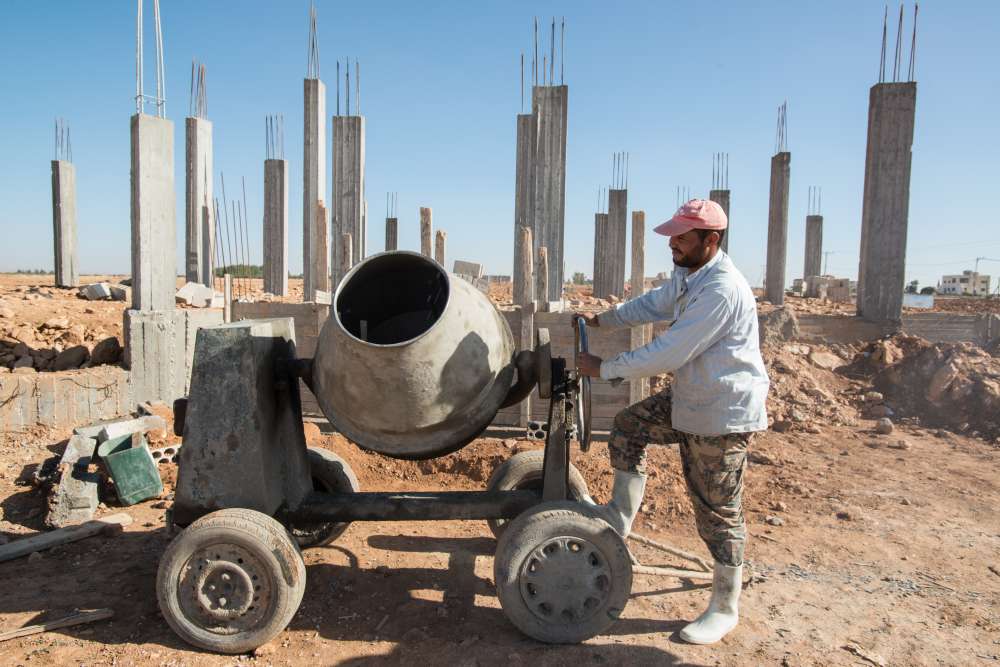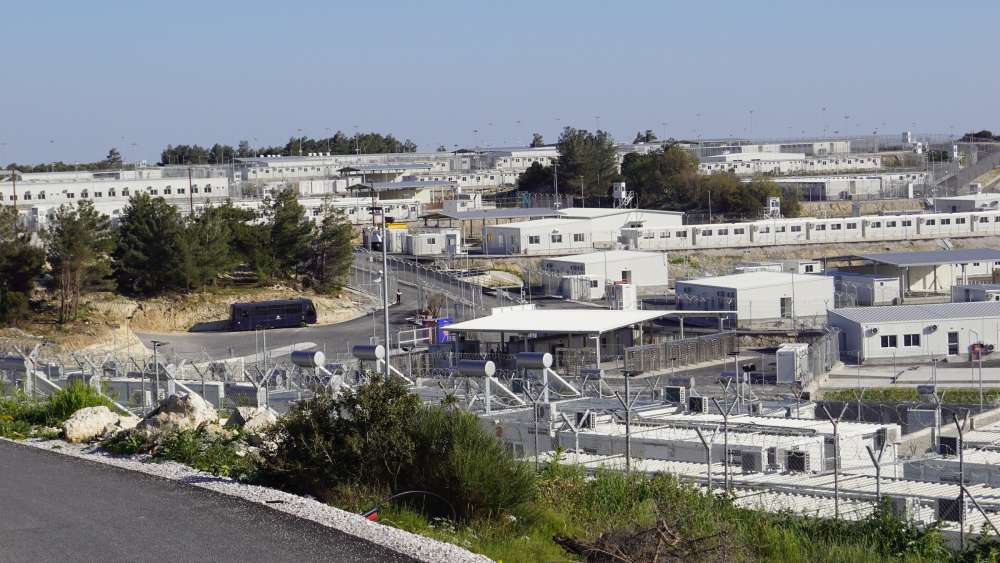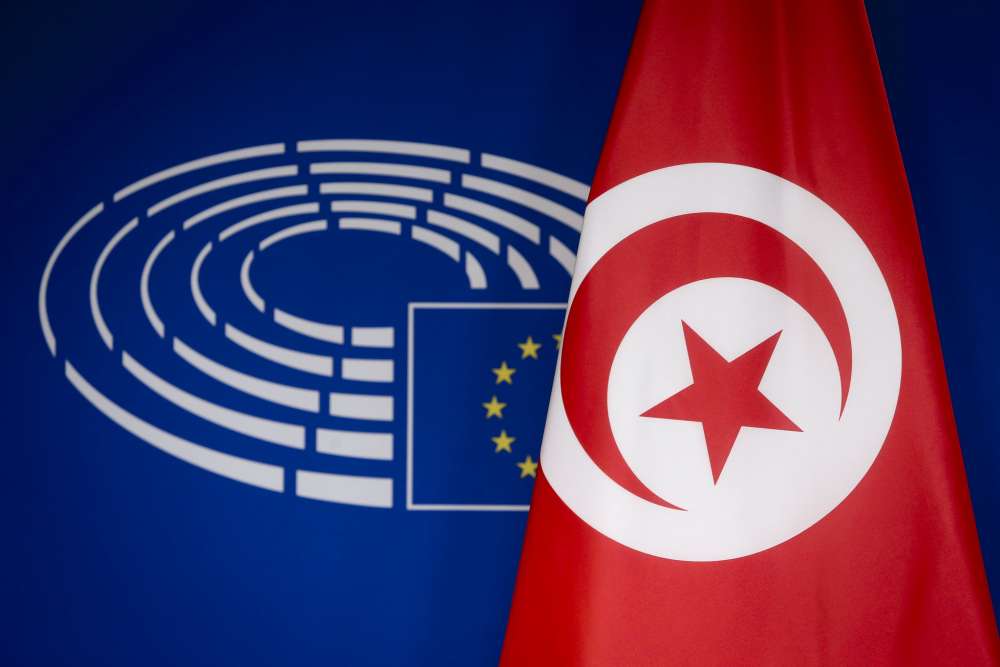Excuse Me, What’s the Fastest Way Out of Dublin?

The Dublin Regulation, which is the cornerstone of the Common European Asylum System, is crumbling. The law, directly applicable in all European Union states, seeks to achieve a system in which asylum seekers submit only one application for asylum in one member state. In May 2016, the EU Commission presented a proposal for the “Dublin IV” regulation, which moved an ongoing reform process of the law into a new phase. This paper seeks to assess the position of civil society actors – non-governmental organizations, think tanks and foundations – in the wake of the reform process. Does the commission’s draft address civil society perspectives on why the current system failed? What should be the strategic agenda of civil society actors seeking to influence the reform process and the future of the European asylum system?
Since its adoption in 2003, the Dublin Regulation has come under pressure for failing to achieve an equal distribution of asylum seekers, for transferring low numbers of people to other countries and for failing to safeguard and consider fundamental rights and individual interests. Because the principles underpinning the Dublin system have not changed, the problems related to their application also have not changed. Many of the system’s flaws are political in nature, in particular the disproportionate burden shouldered by frontline states at the external border, as well as differences in the quality of asylum procedures. What the flaws have in common is the notion of “fairness” towards the asylum seeker and fairness among states. Some flaws are technical, such as unclear rules and a design that works only for small numbers of asylum seekers. Ultimately, the Dublin system is depreciated by both states and individuals, and the regulation’s application can be easily undercut.
Civil society recommendations for how to reform the system have primarily addressed the inadequate sharing of responsibility and the disregard of asylum seekers’ individual preferences. Civil society has been divided about whether to advocate for a better Dublin system or to scrap it altogether and allocate responsibility for asylum applications under a new system. Much of the internal debate has focused on making a decision for or against Dublin. However, scrapping the Dublin system has never been politically realistic.
The political reform process of the Dublin Regulation developed traction in 2015, when larger-scale onward movement made many states consider the reintroduction of internal border checks. In spring 2016, the EU Commission presented a communication that laid out two different options for Dublin reform. The more ambitious option was to replace the criteria of the Dublin Regulation with a quota system. The less ambitious option was to complement the Dublin criteria with a quota. Ultimately, caution prevailed: the commission believed that being too ambitious would alienate the member states and undermine its legitimacy, so it proposed the less ambitious option.
Does the EU Commission’s draft address civil society perspectives on why the current system failed? The proposal focuses on technical reasons for why the Dublin Regulation is not applied and seeks to counter these flaws with negative incentives for both states and individuals. Meanwhile, the political and structural flaws of the regulation are largely left untouched. In respect of responsibility sharing, the proposal represents an attempt to turn past relocation measures into a standing fairness mechanism. Civil society, however, believes that the preferences of asylum seekers should be taken into consideration. These ideas do not play a role in the fairness mechanism proposed by the commission.
For civil society, the ongoing reform process is extremely tricky. Most civil society actors have fewer political access points than they did before the “refugee crisis,” as all asylum-related policy has become extremely politicized. Those seeking a truly European asylum system of high standards will now have to strategize for the best-case scenario in a bad-case scenario. This does not only mean upholding the maximum amount of individual rights safeguards. With Dublin reform likely to be incremental, the longer-term reform perspective regarding the EU asylum system – as it looks in 2030, for example – will remain as relevant as it is today. The challenge is to project a vision of a more harmonized and fairer (from the individual as well as the state perspective) system of protection in the EU states, to foresee the intermediate steps needed for that vision and to prioritize these steps in the reform process. In that context, short-term efforts should be directed at introducing a system of preference matching and other positive incentives for the planned fairness mechanism. Experiences with the concrete impact and challenges of preference matching and other positive incentives need to be collected so as to make such innovations attractive to governments.
…
The full paper is available for download.
This paper is part of a project assessing civil society networks and alliances that work on European Union refugee policy, conducted by GPPi with generous support from the Mercator Foundation.








